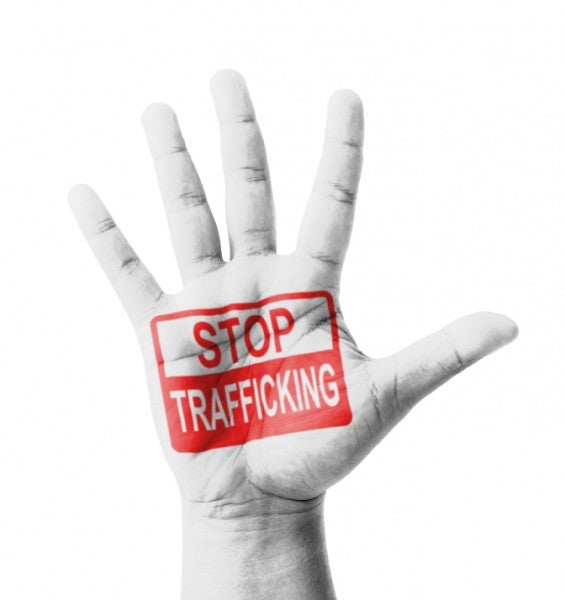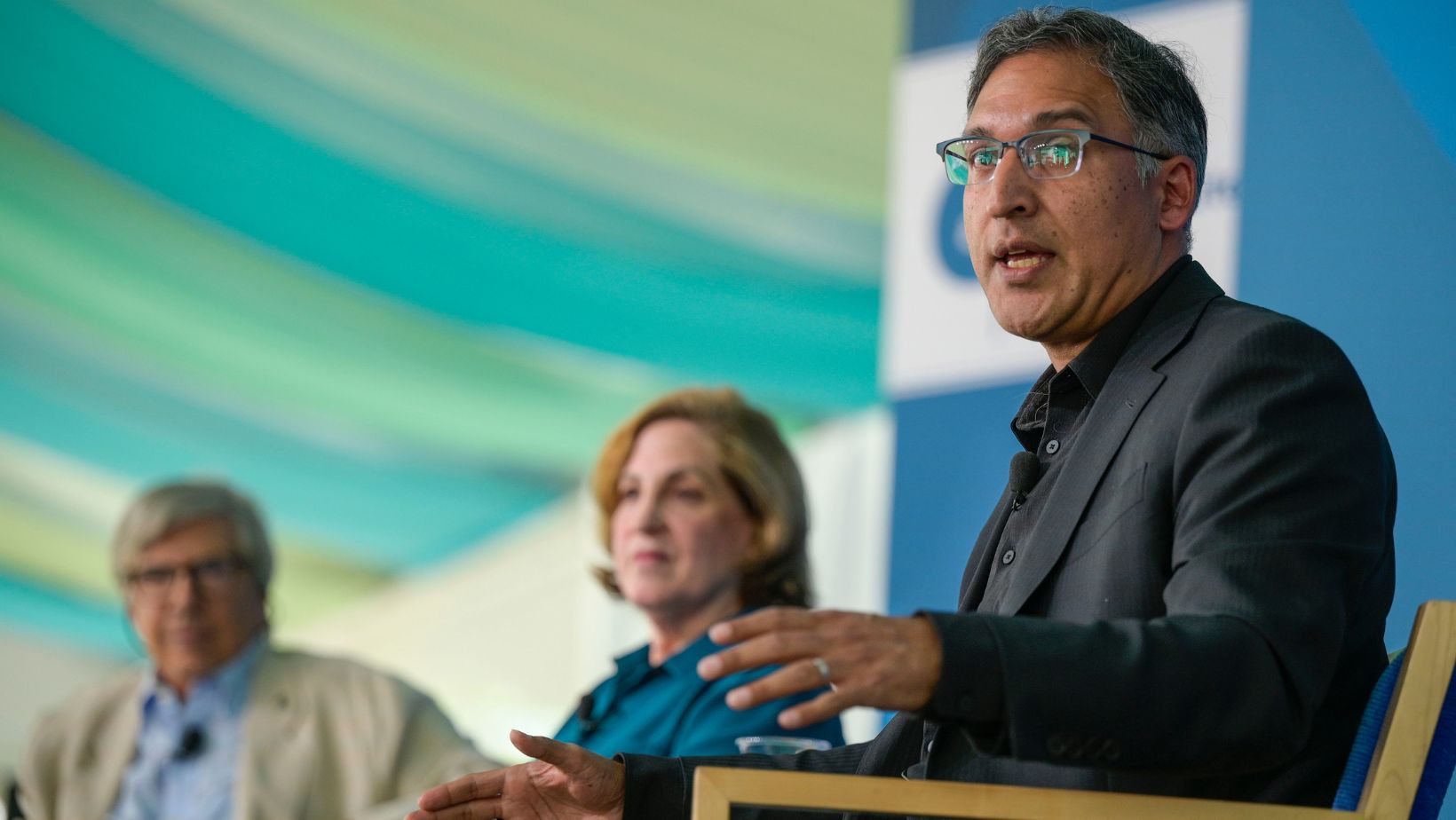
(Photo Credit: istockphoto)
Human trafficking victims — individuals robbed of their basic rights and forced to work for little or no pay — are extremely prevalent in the US. According to the State Department, approximately14,500 to 17,500 people are trafficked in the US annually, and a Department of Justice report estimates nearly 2.5 million people in the country are unauthorized immigrant labor trafficking victims. And while there has been recent effort to shed light on this issue, such as the New York Times investigation of manicurists in New York, problems persist when it comes to identifying and providing justice for trafficked victims.
At a recent gathering of Aspen Institute Society of Fellows members, Immigration and the State Court Initiative Director John Martin spoke about the issue in-depth with Aspen Institute Justice and Society Program Executive Director Meryl Chertoff. Martin and Chertoff examined how the courts, law enforcement, and social service agencies are managing the influx of trafficked US laborers and child victims. Martin stressed both the need for increased awareness of trafficking and a reform in the system of reporting and treating victims.
Increased Awareness of Trafficking
The reason the issue of labor trafficking often slips under the radar is because “rarely are cases charged as human trafficking,” Martin said, since cases can be difficult to prove and victims are often in compromised positions in which they can’t defend their rights. Thus, there needs to be a greater social awareness of US trafficking, Martin said, both in understanding what it is and where it goes on. The definition of human trafficking needs to go beyond sex trafficking to include any positions of labor in which “force, fraud, or coercion” are used to manipulate victims into working. Such violation of rights, Martin stressed, occurs more frequently and more locally than we think.
Reforming the System
Because of the stigma involved in human trafficking, survivors are often considered criminals instead of victims; as a result, the legal systems in place often wind up further traumatizing them, creating the opposite effect of anti-trafficking policy goals. Martin explained the need for the systems that manage trafficking victims — such as police, judges, and social service agencies — to be more considerate of the trauma affecting human traffick victims. His goal with the Immigration and the State Court Initiative is to create systems “that don’t re-victimize or re-traumatize” trafficked victims, but instead provide safety from the chain of abuse. As they currently stand, these legal institutions can de-incentivize traffic reporting because victims are scared to engage in these systems, unwilling to re-live the trauma, be further traumatized, stigmatized, or criminalized.
In trying to change the enforcement patterns, Martin also emphasized the need to involve communities in the solution. “We need to find ways to align the agendas of human trafficking prevention and local businesses so that companies don’t continue hiring trafficked labor,” he said. Raising awareness “from the ground up, using a network of people and media coverage” will be critical to gaining the public engagement needed to solve this issue. If we are to see success in this, we need to “change the cultural norms and rethink the process of community intervention,” Martin said.
Labor trafficking in the US is a “highly organized system” that needs an equally organized system of response.

